Facing zero and negative feed-in tariffs? Here’s why hybrid inverters are essential
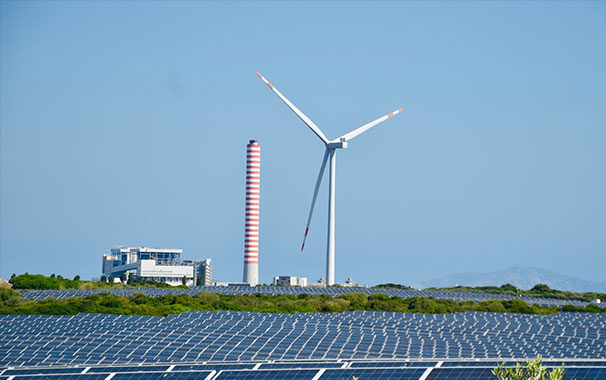
The solar landscape is shifting.
More and more people are adopting solar energy across Europe. In fact, over 1 million European homes are already solar-powered, and 24.5% of energy consumed in Europe in 2023 was renewable.
And this has only been growing as homeowners are reaping the financial rewards of energy independence, with incentives that pay homeowners for any surplus energy they feed back into the grid.
The incentives have worked. Homeowners are adopting solar energy at an accelerating rate. But with more and more renewable energy feeding back into national grids, new challenges have emerged – leading to zero or even negative feed-in tariffs that actually cost homeowners money.
Let's break down what's happening in the market, and how hybrid inverters can help future-proof your home against price volatility and shifting regulations.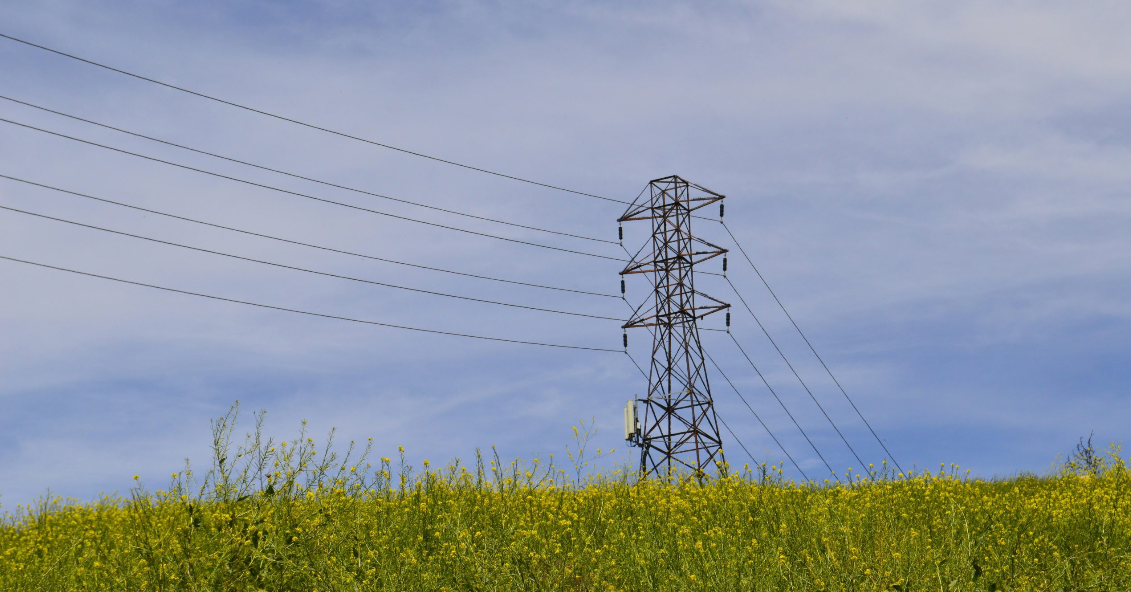
What are negative feed-in tariffs, and why do they occur?
Feed-in tariffs were once a great incentive for increasing residential solar adoption. These tariffs paid homeowners a fixed rate for any surplus electricity they exported to the grid.
But now, as countries push for 100% renewable energy, grids are frequently flooded with surplus solar and wind power – especially on sunny or windy days. And the trouble is that national grids can’t store or distribute this extra energy to keep up.
This means that, during these periods, electricity prices drop below zero. And instead of being paid for your electricity, you may have to pay to offload it to the grid.
Negative pricing comes about because of several systemic and structural challenges:
Grid oversupply: When solar panels and wind turbines flood the grid with electricity, and there isn't enough demand or storage capacity to absorb the surplus, the value of that electricity drops. In extreme cases, it can turn negative.
Lack of flexibility:National grids can't always efficiently redistribute energy where it's needed. Outdated infrastructure and limited interconnection between regions mean that excess electricity simply has nowhere to go.
Policy evolution: Government subsidies and incentives are being restructured or phased out. Many of the feed-in tariffs that initially incentivized residential solar installations have been reduced or eliminated, leading to market-driven pricing that isn't great for homeowners.
And the problem is that negative electricity prices are on the rise. France experienced 233 hours of negative electricity prices in the first half of 2024 alone. Germany saw a sharp rise to 302 hours in 2020, and Spain recorded 769 hours in 2023.
As the value of exporting solar electricity diminishes, and negative electricity prices surge, this presents a problem for homeowners who've benefited from solar power until now – reducing their potential return on investment in their solar photovoltaic (PV) system.
But, with a storage solution, homeowners can turn things around – protecting themselves and adapting to a grid that's not always economically welcoming to clean energy exports.
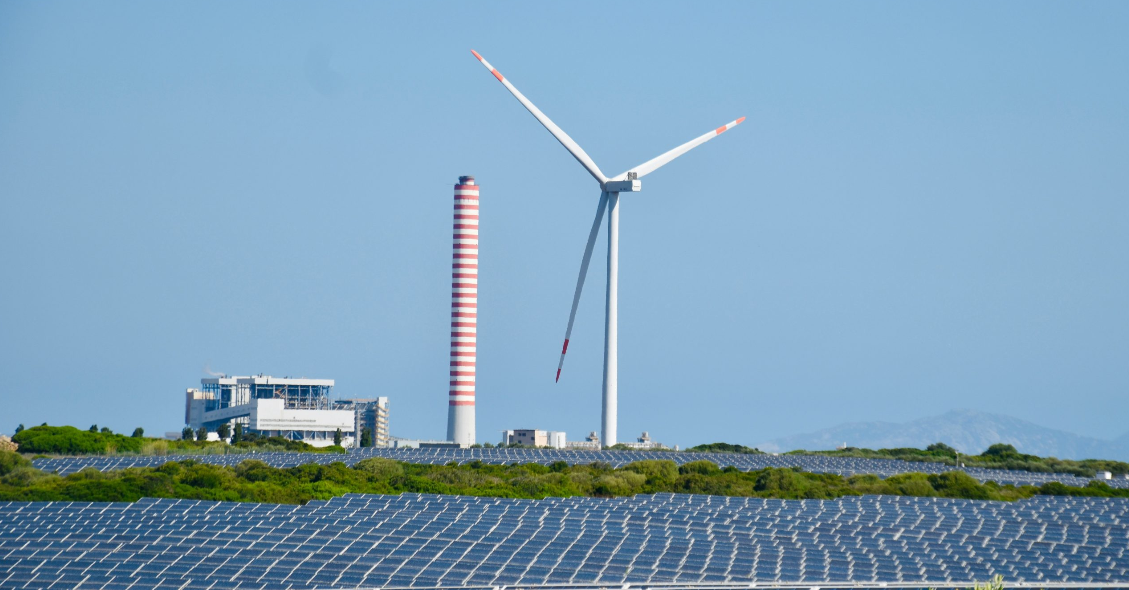
Why homeowners need energy storage now
When feed-in tariffs were high, storing your excess electricity wasn't essential. But as prices fall or go negative, relying on the grid can become a financial liability.
That's where energy storage can help.
Given Europe's current volatile energy market, storing your own solar energy is essential if you want long-term financial security and energy autonomy. When you invest in energy storage, you gain the ability to use your self-generated electricity whenever you need it most.
It comes with a number of advantages, including:
The ability to avoid export losses:Instead of being penalized by negative feed-in tariffs when you send surplus electricity back to the grid, you store your excess energy for later use. This could be during peak evening hours when grid electricity is more expensive.
Lower electricity bills: Instead of drawing power from the grid after sunset or during high-demand periods, your system uses stored solar energy, which was generated earlier in the day. This reduces your reliance on utility companies and creates a buffer between you and rate hikes.
Peak shaving: This means reducing your consumption during peak pricing periods by drawing on stored energy. In countries with time-of-use (TOU) billing models, this can lead to substantial savings over the long term.
Greater energy security and independence: With climate change driving more extreme weather events, and grid reliability coming into question in some regions, a storage-backed solar system ensures you stay powered even during outages. You gain peace of mind knowing that you’ll be able to keep essential appliances and systems running.
Storing surplus energy transforms solar from a simple export system into a complete, resilient, and profitable home energy solution – and a hybrid inverter is a great way of enabling energy storage.
What is a hybrid inverter and how does it contribute to energy storage?
So, what is a hybrid inverter exactly? And what's the difference between a hybrid inverter and a normal inverter?
Let's take a closer look by examining the table below. It offers a quick and clear breakdown of the key differences – differences that are critical for homeowners facing today's volatile energy market.
Hybrid inverter vs. normal PV inverter
Normal PV inverter | Hybrid inverter | |
On-grid | Yes | Yes |
Off-grid | No | Yes |
DC to AC | Yes | Yes |
AC to DC | No | Yes |
Battery backup | No, needs hybrid inverter | Yes, simply add battery |
The key difference is that a normal inverter is solely designed to convert DC electricity from your solar panels into AC electricity for household use or for export to the grid. It only runs when the grid is available, meaning that during a blackout, your solar system shuts down entirely – even if the sun is shining.
What's more, normal inverters have no way to store excess solar energy; any surplus must be sent to the grid, which is no longer profitable under zero or negative feed-in tariffs.
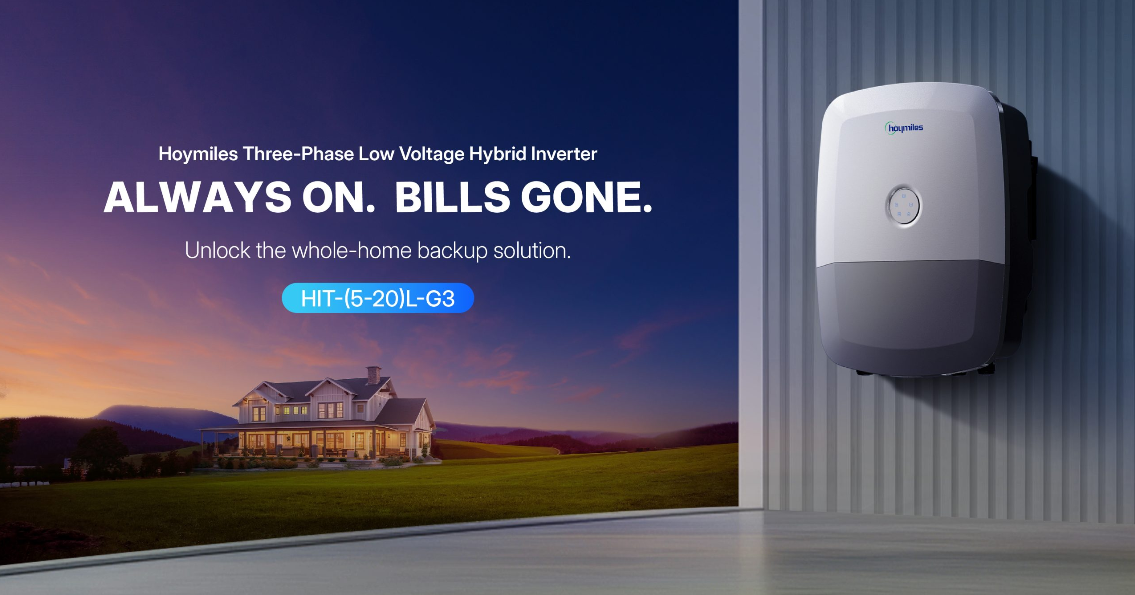
A hybrid inverter, on the other hand, is a multi-functional energy manager. It not only handles the standard DC-to-AC conversion, but also manages AC-to-DC conversion, meaning it can charge a battery with either solar or grid power.
That way, you can store energy when it's cheapest – or cleanest – and use it when it's most valuable.
For example, at sunny points during the day, a hybrid inverter ensures your home uses solar energy directly. Any surplus is then diverted into the battery. Once the battery is full, only then will excess electricity be exported to the grid – minimizing your exposure to any zero or negative feed-in tariffs.
Hybrid inverters can operate off-grid, continuing to supply power to your home even during grid outages. This capability turns a solar system into a solid backup power source, adding a layer of resilience that normal inverters simply don’t have.
Another major advantage is battery integration. With a hybrid inverter, adding a battery is easy, because the inverter already includes the functionality needed to manage charging, discharging, and energy flow between components.
In contrast, normal PV inverters require you to purchase a separate battery inverter (AC-coupled inverter) system if you want to add storage later.
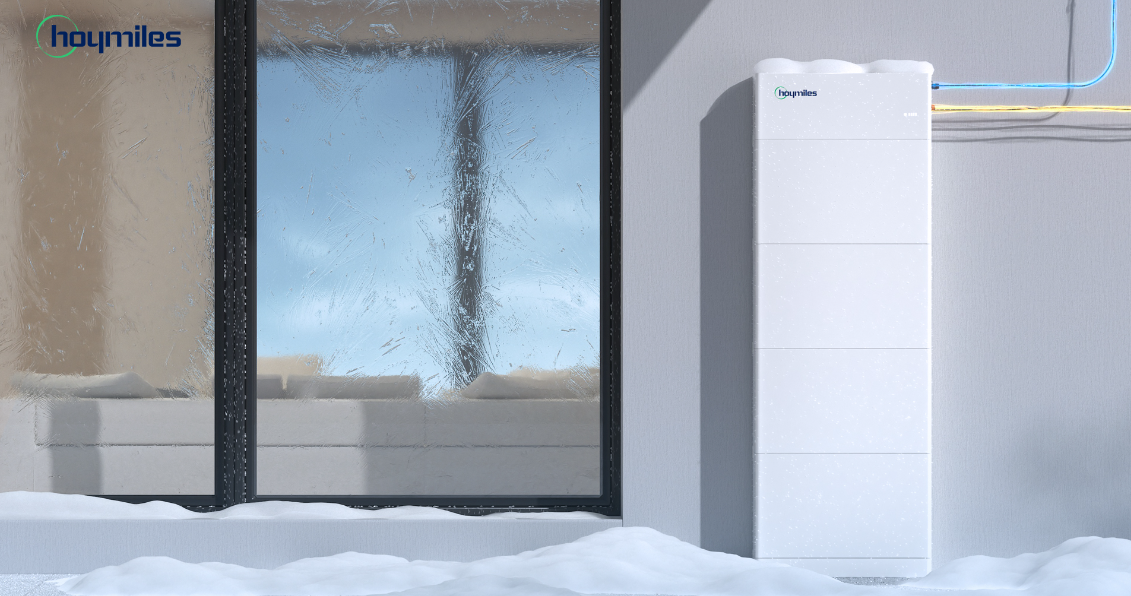
How the Hoymiles HIT hybrid inverter future-proofs your energy storage
The Hoymiles HIT three-phase low voltage hybrid inverter is a smart energy manager designed for the realities of today's solar market.
AC-coupled solution for endless compatibility
In addition to operating as a standalone unit, the HIT hybrid inverter can also form an AC-coupled system with PV inverters to retrofit the existing PV system into a PV + storage setup. The best part is that HIT is compatible with virtually all inverters, so whether you are using Hoymiles microinverters or inverters made by other manufacturers, you can always enjoy the seamless integration of energy storage at your home.
Intelligent energy management: TOU and Peak Shaving
In some regions, electricity bills are not just based on how much energy you use, but also on your highest power usage during peak times. This is where the HIT hybrid inverter's Peak Shaving feature helps. By limiting the amount of power drawn from the grid during peak hours, it reduces the highest demand charges on your bill. Paired with Time-of-Use (TOU) settings, the system can also charge the battery when electricity is cheap and discharge it when prices go up—helping you save even more.
The peak shaving and TOU mode allows you to define up to eight different time spans based on your local electricity pricing scheme. That way, you can ensure you draw energy from the grid only when it's most affordable, while relying on your stored solar energy the rest of the time.
Ultimately, while a normal inverter works well for simple grid-tied systems, a hybrid inverter gives you flexibility, efficiency, and long-term value.
More power to store
The system also boasts four MPPTs (maximum power point trackers) that allow you to harvest as much solar energy as possible, even when solar panels are installed in different orientations or shaded conditions. Moreover, the 200% DC/AC ratio means you can connect up to twice the inverter’s rated AC capacity in solar panels. These features translate to higher energy yields, better system efficiency, and more power to store.
Whole-home backup made simple
Traditional hybrid inverters often require complicated wiring setups to pre-select critical loads that can be powered during an outage. If you want to add more appliances later, it often involves extensive rewiring.
Hoymiles HIT eliminates that hassle. Its full EPS (emergency power supply) capability provides backup power to your entire home, not just a few pre-chosen circuits. It supports a 50A bypass and allows single-phase off-grid operation up to 50% of rated power, meaning more appliances can continue running without interruption during a power outage.
This level of flexibility not only simplifies installation but also ensures your system adapts to your needs – whether you add a heat pump, EV charger or expand your living space.
Not one watt wasted enabled by smart load
Instead of wasting surplus solar energy by feeding it into the grid, the HIT inverter can direct that energy to non-critical loads such as water heaters or EV chargers. It’s a more efficient use of energy that ensures every watt contributes to your household.
Safe and secure – for you and your finances
With Hoymiles HIT, you also benefit from smart features that reduce energy waste. The smart load port ensures excess solar energy is used effectively within the home. The integrated system supports AFCI protection, ensuring safety from arc faults – reducing fire risk – while key components are built to the highest standards.
As Europe continues its rapid energy transition, the HIT hybrid inverter gives you a level of control and efficiency that protects your energy independence – and your finances – however the future unfolds.
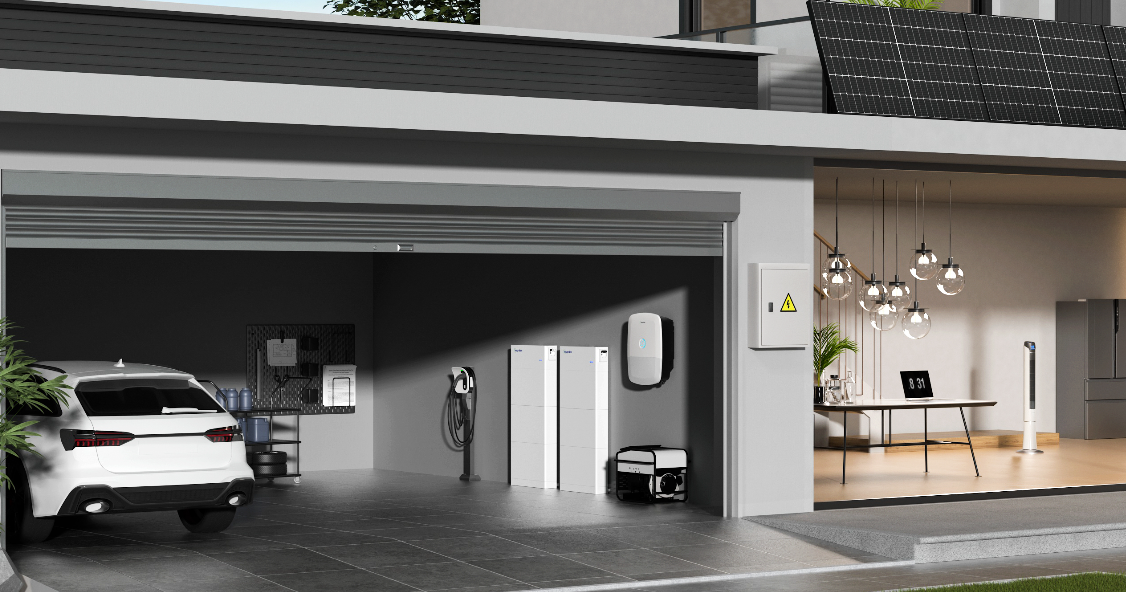
Save money now with energy storage
The shift to zero and negative feed-in tariffs is already underway across Europe.
Luckily, systems like the Hoymiles HIT hybrid inverter are designed for this new era. It's no longer just about going solar. It's about making solar work smarter.
By acting now, you can take advantage of existing subsidies for energy storage, avoid further losses due to negative feed-in tariffs, and secure your home against the unpredictability of tomorrow's energy markets.
Ready to put power back in your own hands?
Discover how Hoymiles can help you navigate today's energy market with smart, future-proof energy storage.
Subscribe to our newsletter andget the latest news!
